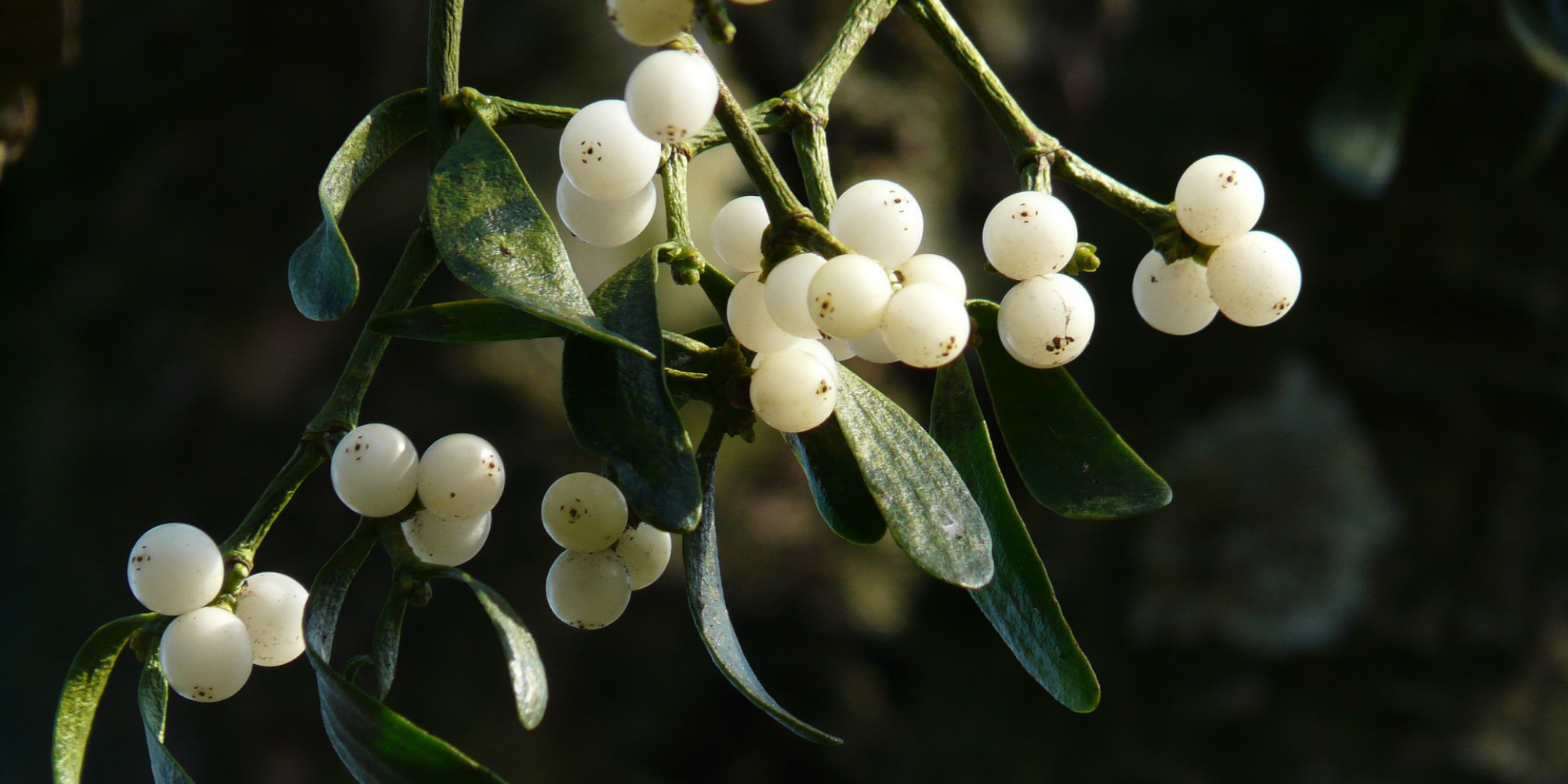In Historically Vôtre, Stéphane Bern always has the last word and tells us the story of a word or an expression that we still use every day… or almost!
Monday, he explains to us the ancient origins of "Au mistletoe the new year", an expression that we owe to the Gallic druids and to the Christians and which expresses the joy of the transition to the new year.
Every day in "Historically yours", Stéphane Bern sets out to discover expressions that we use every day, without necessarily knowing them well. On Monday, he explained the origin of the expression "Au mistletoe the year nine". An expression, slightly outdated, which dates back to the Gauls and used today to express the joy of the transition to the new year.
"We recently learned that the words beehive, mud and cervoise were of Gallic origin. Well the expression" Au Gui the new year "too! This year, barrier gestures oblige, it is obviously strongly discouraged to kiss under the mistletoe, which makes this formula even more outdated, which actually does not mean "when there is mistletoe, there is a new year".
>> Find all the shows of Matthieu Noël and Stéphane Bern in replay and podcast here
Because it is actually wheat.
The original Celtic formula in the text was "O ghel an heu" which means "Let the wheat arise".
The Druids, at the winter solstice, celebrated the rebirth of nature, hoping that it would be benevolent with men.
From Gauls to Christians
To ward off the curse, they cut the mistletoe, a plant considered sacred and miraculous because it was the only known plant giving fruit.
Fruits that are certainly toxic for humans, but very popular with thrushes.
Moreover, for a long time, the Druids believed that the water in which the mistletoe was soaked made all the animals that drank it fruitful.
The Christians of the 4th century tried to put an end to the tradition of mistletoe, considered too pagan in their eyes.
They tried to have it replaced by holly, less pagan in their eyes because its prickly leaves reminded of the thorns of the crown of Christ.
In the end, popular culture decided to leave holly for Christmas and mistletoe for New Years. "

